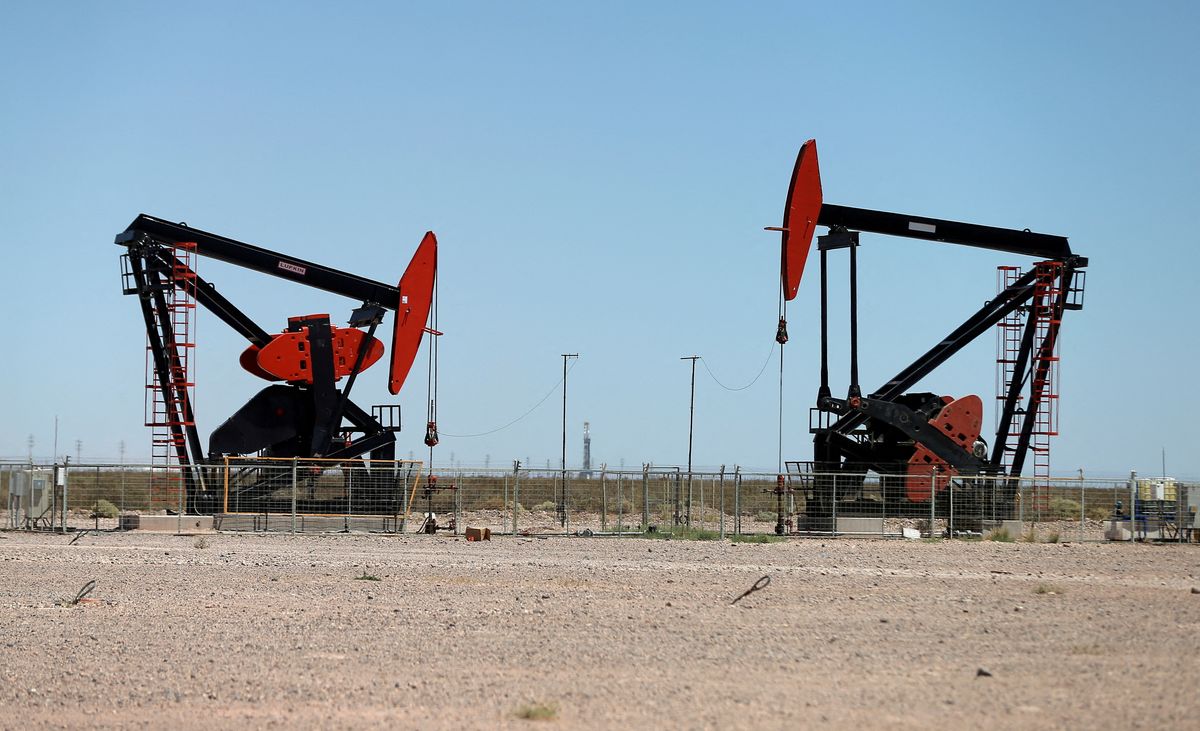What’s going on with the Russian oil price cap?
Russia’s war in Ukraine continues, oil is caught in the middle.

A few minutes every morning is all you need.
Stay up to date on the world's Headlines and Human Stories. It's fun, it's factual, it's fluff-free.
As Russia’s war in Ukraine continues, oil is caught in the middle. Western governments that support Ukraine want a price cap on oil to limit the revenue that Russia gets from it. At the same time, Russia can stop exporting oil to these countries and stress their economies and infrastructure. Currently, the EU plans to start its price cap on December 5, the same day it’s starting a Russian oil boycott. Member states haven’t yet decided what that cap will be, exactly.
But now, Russia is coming up with a presidential decree banning Russian companies and any traders buying Russian oil from selling it to countries involved in a price cap, according to an insider. This move would basically ban price cap references in oil contracts and stop exports to any countries that adopt price caps. Still, on Saturday, Ukrainian President Zelenskiy called for a price cap on Russian seaborne oil at US$30-40 per barrel, which is way tighter than what was proposed by the G7: US$65-70 a barrel.
Key comments:
"The limit that is being considered today – about US$60 – I think this is an artificial limit," Zelenskiy said at a news conference Saturday, according to Reuters.
"At this price point, it's about inflation reduction instead of Russian revenue reduction," said Helima Croft, head of commodity strategy at RBC Capital Markets.
"Vladimir Putin stressed that such actions contradict the principles of market relations and are highly likely to lead to serious consequences for the global energy market," the Kremlin said in an earlier statement, responding to the price cap discussion.




Comments ()